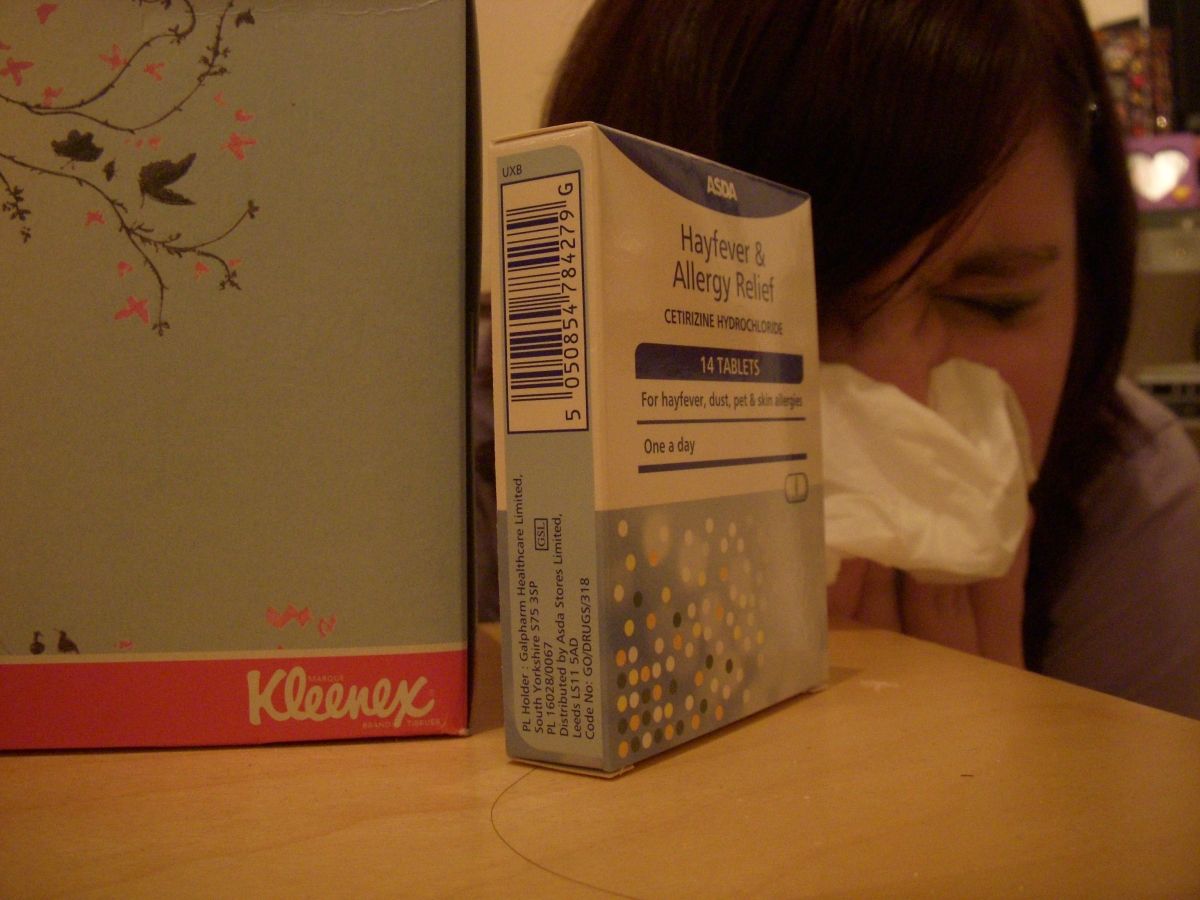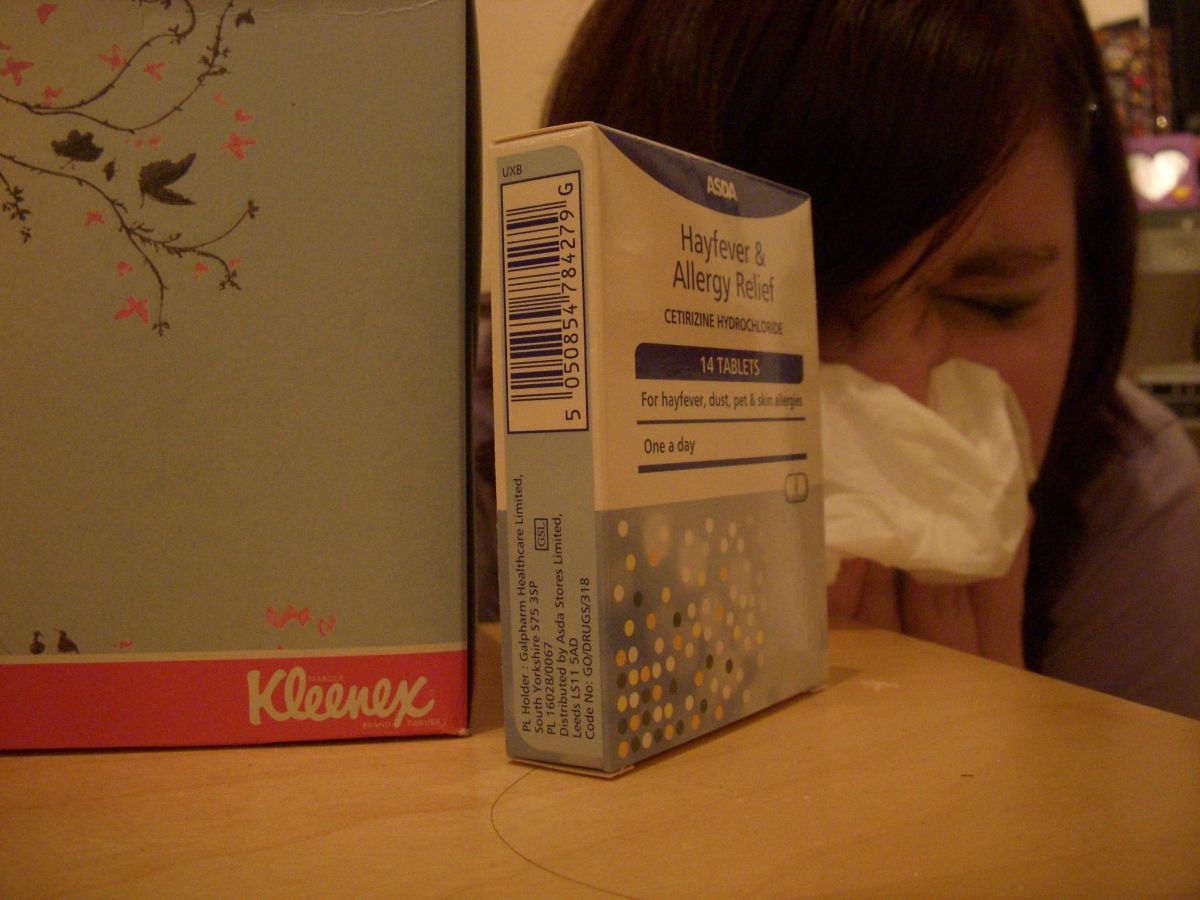
Reducing Allergens in the Home

A growing number of the population are becoming susceptible to allergens such as animal dander, pollen, dust mites and latex. Those with a reduced immune system can also be highly sensitive to various chemicals, foodstuffs and organisms. If you or a loved one have constant sinus or breathing issues, its worth looking at making your home as hypoallergenic as possible.
Furniture
Wood finishes can come in the form of a gel, liquid or paste; they either form a film on the surface or penetrate the wood. The most common finishes are varnish, wax and oil. If you buy a piece of furniture already varnished, there is little risk of it causing a reaction, however varnishing yourself can release VOCs (volatile organic compounds) into the atmosphere while the product dries. Some of these chemicals have been shown to be carcinogenic and cause breathing problems. Even popular and seemingly natural wax finishes can have questionable ingredients lurking in their formulations, so always read the label. You can make a natural and effective finish yourself by combining beeswax and walnut oil. While some food oils can go rancid over time, walnut is highly resistant to oxidisation, which is why its used by woodworkers. You can use mineral oil, however this is a derivative of petroleum, which you may wish to avoid. Similarly, leather balsam can be whipped up from wax, cocoa butter and almond oil. Avoid having your fabric upholstery treated with a stain guard, as most contain chemicals akin to CFCs.
Floors and Walls
Despite trapping dirt and mites, carpet is pleasant under foot, so if its your floor covering of choice, go for nylon, which is the most allergy-controlling carpet fibre. Also make sure its labelled low VOC, as many are treated with repellents. If you want to keep dust mites at bay, then a tiled or wood floor is ideal, plus they can be cleaned regularly. For the walls, opt for water-based paints, as they contain a much lower level of irritating ingredients. Lakeland Paints has a range that is completely free of VOCs, solvents, pesticides, herbicides and toxins, which is healthier and better for the environment.
Mattresses
All new mattresses give off chemical gases (called off gassing) for some time after purchase. To speed up the process, you can open the bedroom windows and walk all over the mattress, as often as possible. This squeezes out the gas and allows fresh air to replace it. You can also fill your bedroom with houseplants, as NASA found this purified the air in space shuttles. While dust mites dont like memory foam, many are made with polyurethane and contain arguably unsafe compounds. A 100% organic latex or wool mattress is a better option but ensure no toxic glues have been used. If you cannot replace your mattress, you can buy a barrier cover that protects against mites. To further minimise allergens, ditch the divan and buy a bed with slats, which will help keep the mattress aired.
Household Cleaning Products
There are now a wide variety of cleaning products available that pose little risk, such as Ecover Zero, Bio D and Ecozone. Instead of using a multitude of different cleaners, all you really need is baking soda, vinegar and hydrogen peroxide.
Its impossible to guarantee your home is completely allergen-free, however you can reduce the likelihood of a reaction.
